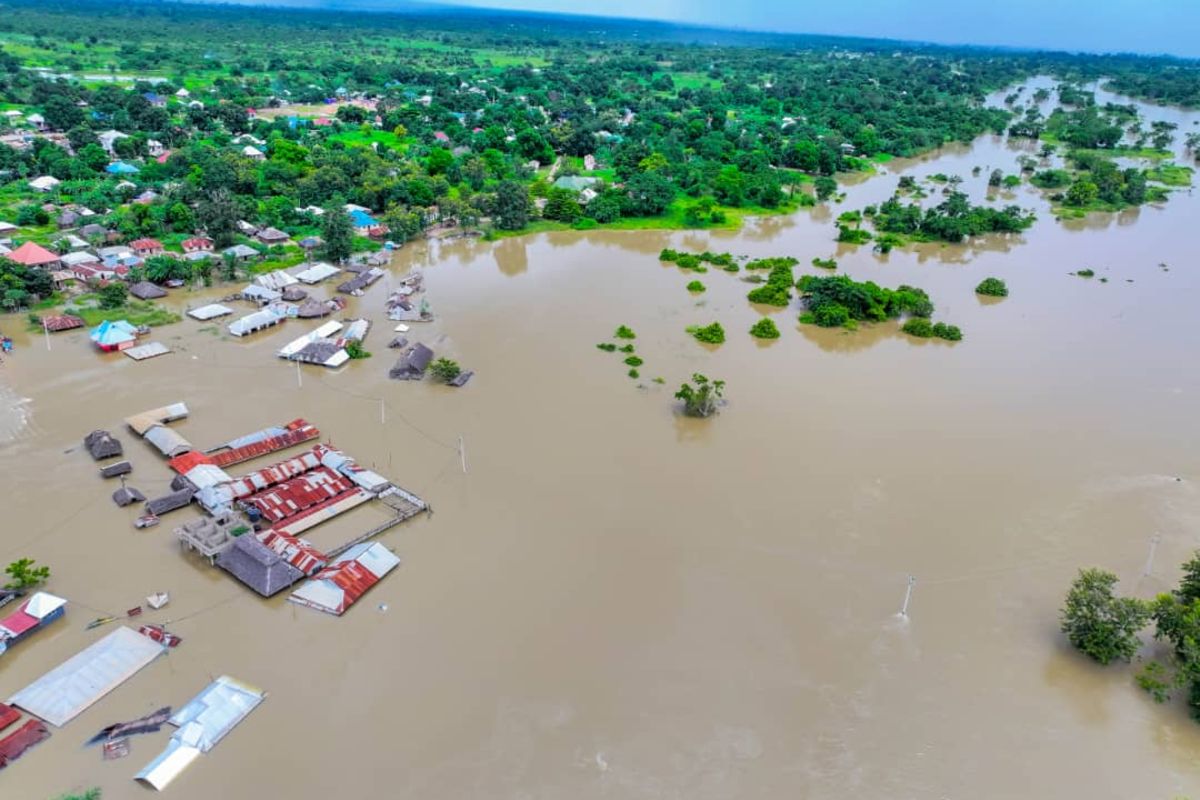The Nyerere Dam (JNHPP) has been in the news for the wrong and right reasons lately. The cause is that the debate for or against the construction of the dam isn’t settled yet. It is apparent that many are waiting for anything remotely proving their point of view to praise or discredit the project.
The first thing in the news was the commissioning of the first turbine, thus dispatching 235MW of power to the national grid. The achievement has brought much-needed relief to the power crisis that Tanzania has had for years. With many more turbines yet to be commissioned, we can be sure that the powers that be will milk every ounce of political advantage out of every turbine that will be commissioned from now onwards.
The second thing is the release of the excess water from the dam, thus causing floods downstream, affecting thousands of people in the Rufiji River floodplains. Apparently, the dam is releasing 700,000 litres of water per second, enough to fill the Benjamin Mkapa Stadium twice per second. Critics have come out in droves highlighting why the dam shouldn’t have been built from the beginning.
I have also struggled with the rationale for the JNHPP question for a while, especially why President Magufuli decided to bring forward the construction of the dam for almost two decades. Ultimately, I concluded that the motives for the construction of the dam were sound.
To be fair, I understand Magufuli’s critics. The man was a treasure-trove of bad ideas, therefore, if he initiated something, then it was quite safe to assume that there was something wrong with it. That applied to JNHPP too. The fact that JNHPP touched on the interests of many rambunctious international players didn’t help because the criticism of the project became greatly amplified.
From the very beginning, the project has faced many questions about its environmental impact. Being situated in a World Heritage site and with a reservoir over two-thirds of Zanzibar, JNHPP wasn’t going to endear itself with the environmentalists of this world. 38 percent of Tanzania is under some conservation protection – I bet that many out there wish to increase that percentage even more, Tanzanians’ rights to use their land for development purposes notwithstanding.
Interestingly, it is some of those very activists who are using the flooding of Rufiji as evidence for the project’s lack of environmental soundness. But that is grasping at straws at best. Even without JNHPP, the area used to flood quite frequently. The release of excess water implies that the dam is full – which is good news – and that had the dam not been around, flooding downstream would have been more devastating.
Financially, the Nyerere Dam is a murky picture. Initial cost estimates suggest a price tag of USD 3.9 billion for 2.15GW. However, some experts argue that cost overruns would be over twice that figure. Had that kind of investment gone into alternative solutions such as geothermal, coal, solar and wind, we could have generated double the output of JNHPP that way. This raises concerns about the financial and technical soundness of the project.
While those concerns are real, the promised cost per unit of power generated by the Nyerere Dam offers a potential economic boon. The dam will produce electricity at a rock-bottom rate of 4.5 cents per kilowatt-hour, far below Tanzania’s current average cost per unit generated. This competitive pricing could provide a crucial cost advantage for industrial development.
Strategically, Nyerere Dam’s dependence on rainfall is another objection. Experience has shown that periods of drought can drastically reduce water flow and cripple electricity generation. Prioritising the construction of the natural gas-powered Kinyerezi III and IV plants would have provided a more reliable solution, especially considering the abundant domestic reserves at Songosongo and Mnazi Bay.
I have used that argument before, but the problem is that we have all been assuming that we have abundant gas reserves – which we don’t. Barring the operationalisation of new gas reserves, which will take at least 5 years from now, the existing reserves can support current demand for at most a decade. Adding more gas plants the size of Kinyerezi III and IV will exhaust the existing reserves before the supply from new reserves starts. The results would be catastrophic.
I am sure that Magufuli was presented with this scenario and concluded that without increased supply, more gas plants would be a huge liability at this point. I don’t understand why the government hasn’t done a better job of explaining this position. Unless the people in power take pleasure in keeping the public in limbo about their actions and motives.
The Nyerere Dam is a complex project with a long shadow. While the first flickers of power offer hope, the environmental and financial concerns linger. Was it a colossal misstep? The answer might lie not just in the dam’s functionality, but in Tanzania’s ability to manage its resources and its message. One thing is for sure though: this dam will be a prominent fixture in Tanzania’s story for decades to come.
So, buckle up.















